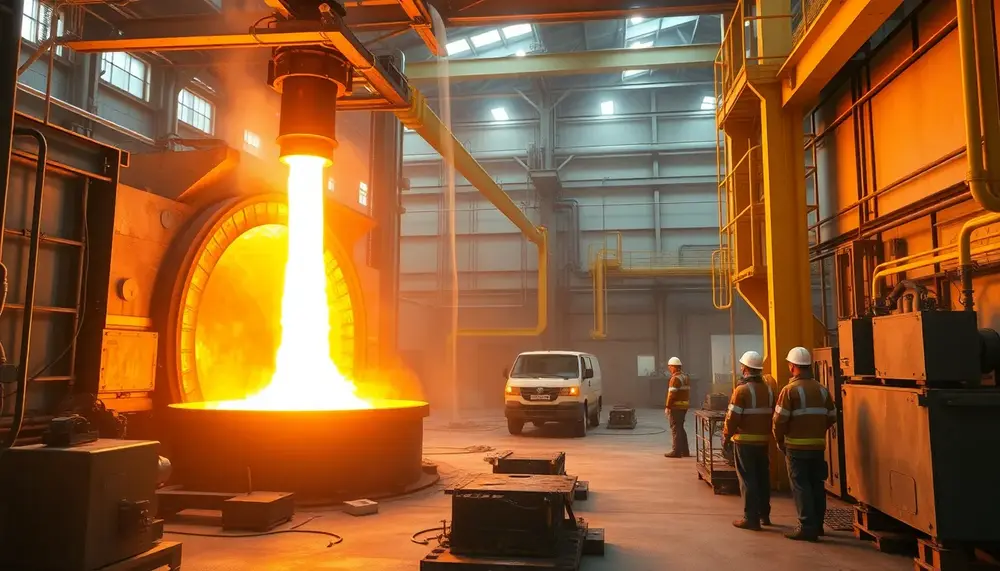Erosion
Erosion
Einführung in die Erosion
Erosion ist ein Begriff, der in der Stahlproduktion und im Stahlhandel von großer Bedeutung ist. Erosion bezieht sich auf den allmählichen Verschleiß oder die Abnutzung von Materialien, insbesondere von Metallteilen, durch physikalische Prozesse wie Wind, Wasser und Temperatur. In Bezug auf die Stahlindustrie bedeutet dies, dass Stahlteile über die Zeit hinweg im Betrieb oder aufgrund von Umweltfaktoren erodieren können.
Erosion in der Stahlproduktion
In der Stahlproduktion ist Erosion ein besonderes Problem. Sie kann die Qualität und Langlebigkeit von Stahlprodukten beeinträchtigen und den Bedarf an Reparaturen und Instandhaltung steigern. Erosion wird in der Stahlproduktion oft durch die Verwendung hochwertiger Materialien und spezieller Beschichtungen minimiert, die den Stahl vor den erodierenden Auswirkungen von Wasser, Wind und extremen Temperaturen schützen.
Erosion und Stahlhandel
Im Stahlhandel ist es entscheidend, die Auswirkungen von Erosion zu berücksichtigen. Ein produkt, das unter den Folgen von Erosion leidet, kann seinen Wert verlieren und weniger ansprechend für Käufer sein. Daher ist es wichtig, dass Händler Kenntnisse über die Erosionsbeständigkeit verschiedener Stahlsorten besitzen und diese Informationen an ihre Kunden weitergeben.
Schutz vor Erosion
Es gibt verschiedene Möglichkeiten, Stahl vor Erosion zu schützen. Eine Möglichkeit ist die Verwendung von Beschichtungstechnologien. Dazu gehören verschiedene Arten von Farben und Lacken, die auf die Oberfläche des Stahls aufgetragen werden, um sie vor den Elementen zu schützen. Eine andere Methode ist die Behandlung des Stahls mit Prozessen wie Galvanisieren oder Verzinken, um eine Schutzschicht zu bilden und Erosion abzuwehren.
Zusammenfassung
Im Kontext der Stahlproduktion und des Stahlhandels ist es wichtig, die Auswirkungen und den Schutz vor Erosion zu verstehen. Es handelt sich dabei um einen natürlichen Prozess, der jedoch durch sorgfältigen Umgang, hochwertige Materialien und geeignete Behandlungen minimiert werden kann. Und letztendlich kann dieses Verständnis dazu beitragen, die Qualität, Langlebigkeit und den Wert von Stahlprodukten zu erhöhen.
Blog Posts with the term: Erosion
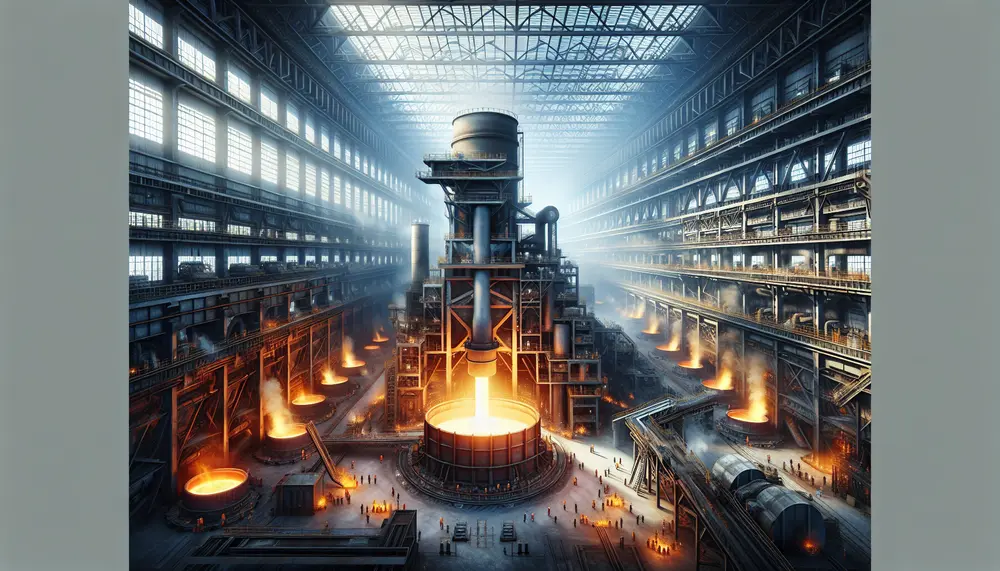
The article traces the history of steelmaking from early iron discoveries around 2,500 BCE to advanced techniques like Chinese cast iron production and Indian Wootz steel. It highlights key innovations such as smelting, forging by the Chalybes, and global influences...
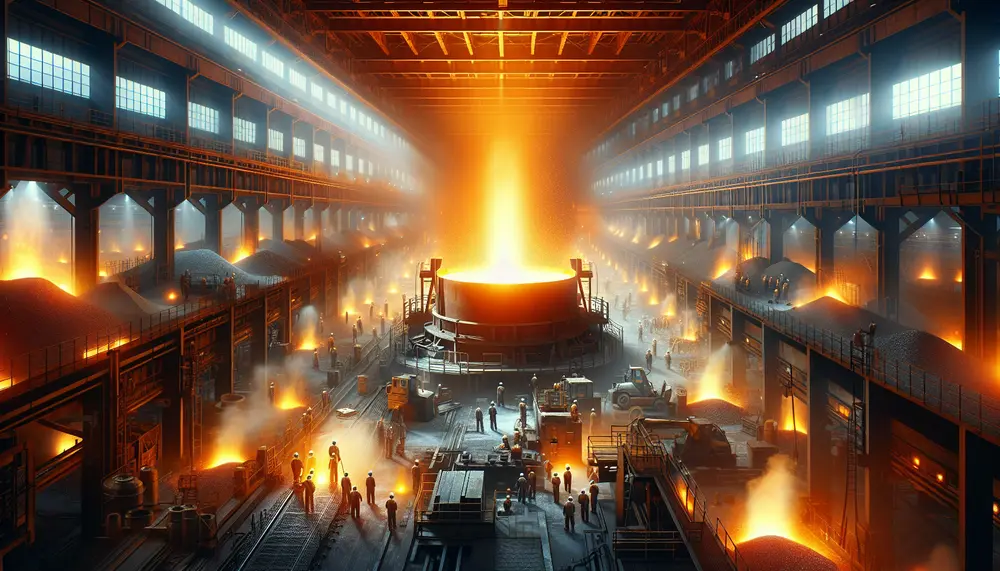
Steelmaking ladles are essential in the steel production process, designed to transport and refine molten metal while withstanding extreme temperatures and chemical corrosion. They come in various types tailored for specific functions such as transferring, treating, casting, and precise pouring...
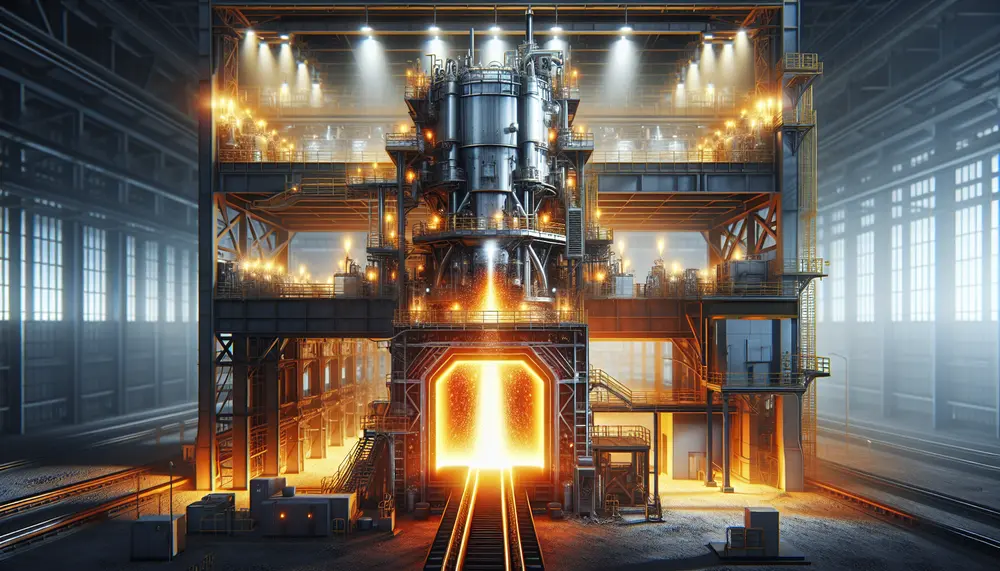
The Electric Arc Furnace (EAF) method is a sustainable and efficient steel production technique that uses recycled scrap metal, offering environmental benefits such as reduced CO2 emissions while also being adaptable to market demands. However, it has drawbacks like high...
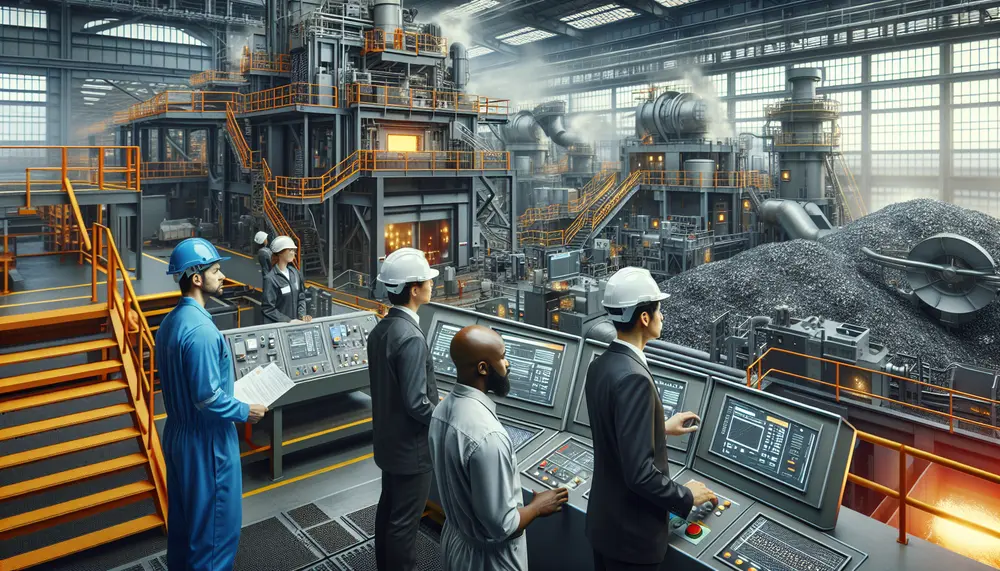
Steelmaking waste, primarily consisting of slag, dust, and sludges from iron and steel production processes, poses significant environmental risks such as groundwater contamination and ecosystem degradation if not managed properly. However, innovative recycling techniques like using slag in concrete or...
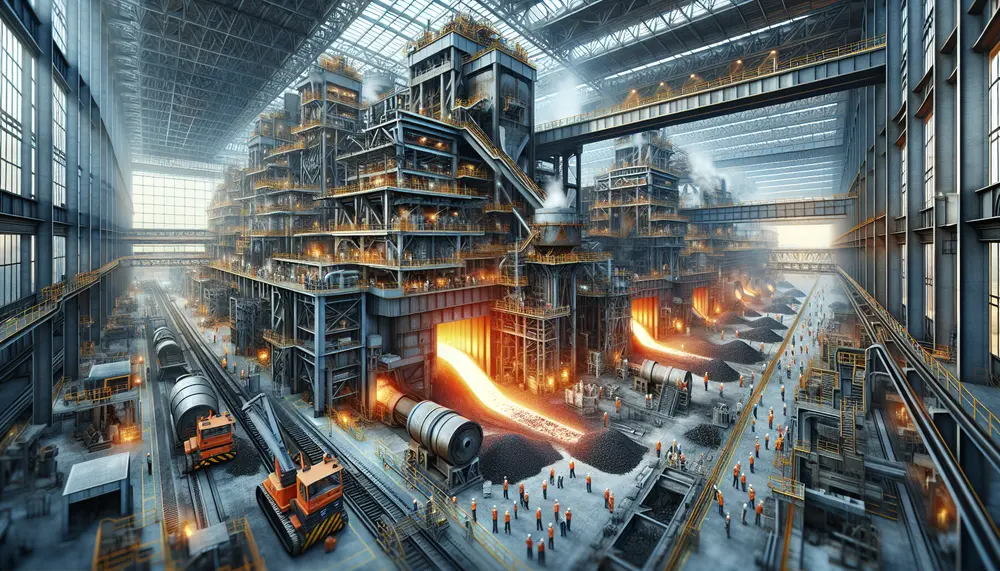
Steel making refractory materials are essential for lining furnaces and equipment in steel production, with various types like fireclay, high alumina, silica, magnesite, and chromite refractories tailored to specific conditions. These materials ensure heat containment, protect equipment from damage, maintain...
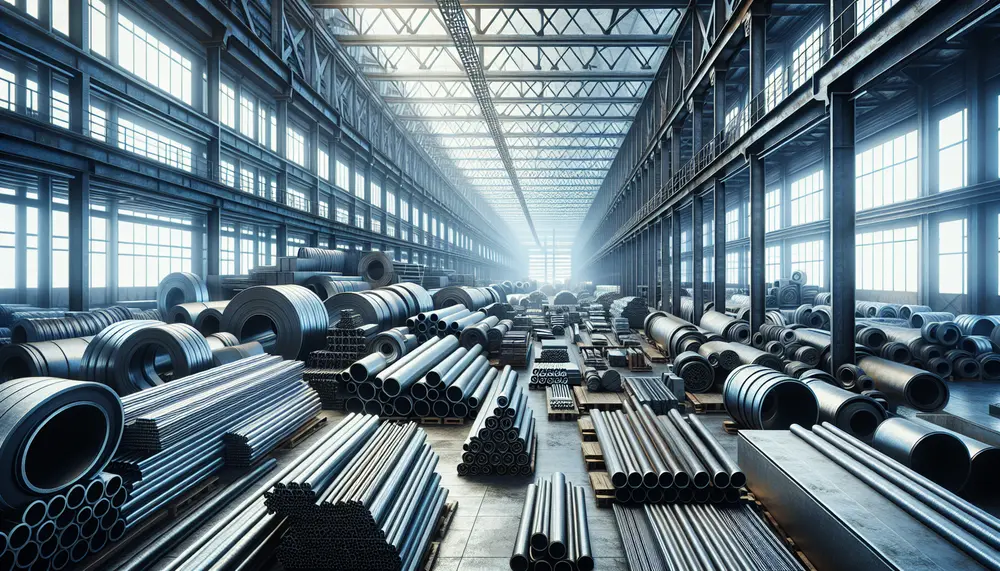
A steel product is an item predominantly made of steel, known for its durability and versatility across industries, with a wide range of forms and applications. Understanding these products involves knowledge of the production process from raw materials to finished...
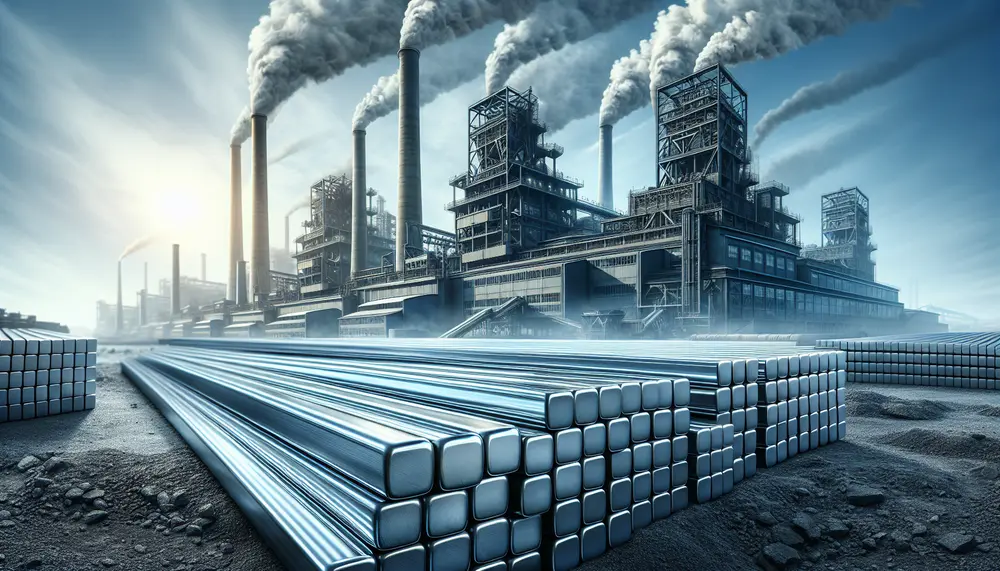
The steel manufacturing process transforms raw materials like iron ore and coal into steel, a critical material for various industries, involving multiple steps to ensure quality. While the process contributes significantly to economic growth and infrastructure development with its strong...
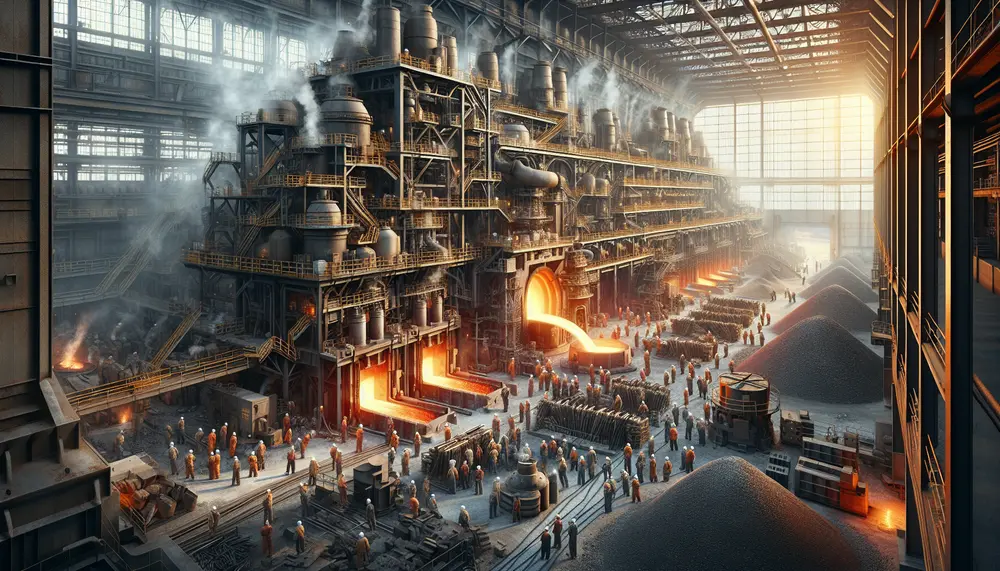
The article provides a comprehensive guide on steel making ore, detailing its types, extraction methods, and the importance of quality in producing high-grade steel. It emphasizes that understanding these aspects is crucial for improving efficiency and product quality in the...
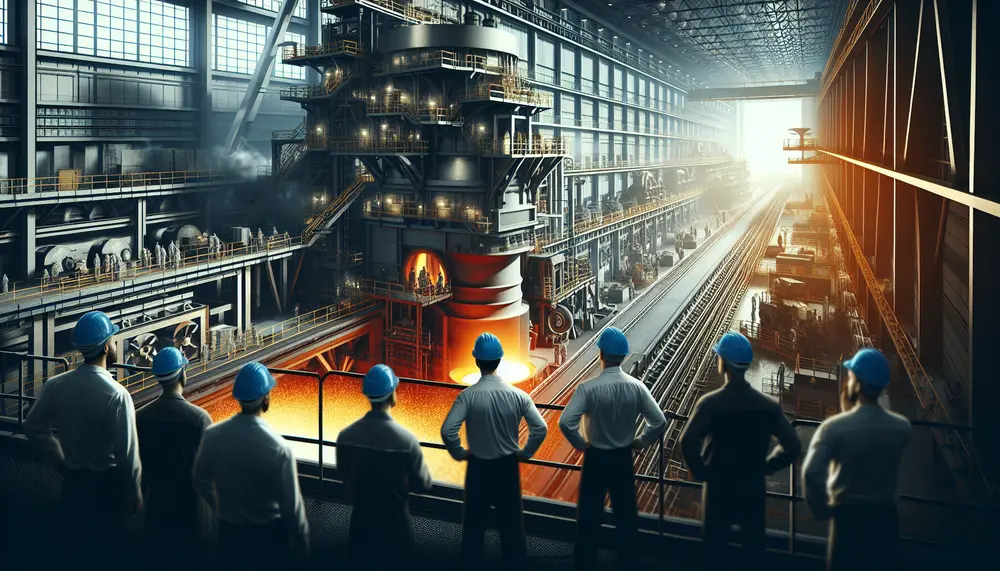
The steelmaking tundish is a critical intermediary in the continuous casting process, serving as both a reservoir and buffer for molten steel while facilitating controlled flow and cleanliness to enhance final product quality. Its design has evolved since the 1950s,...
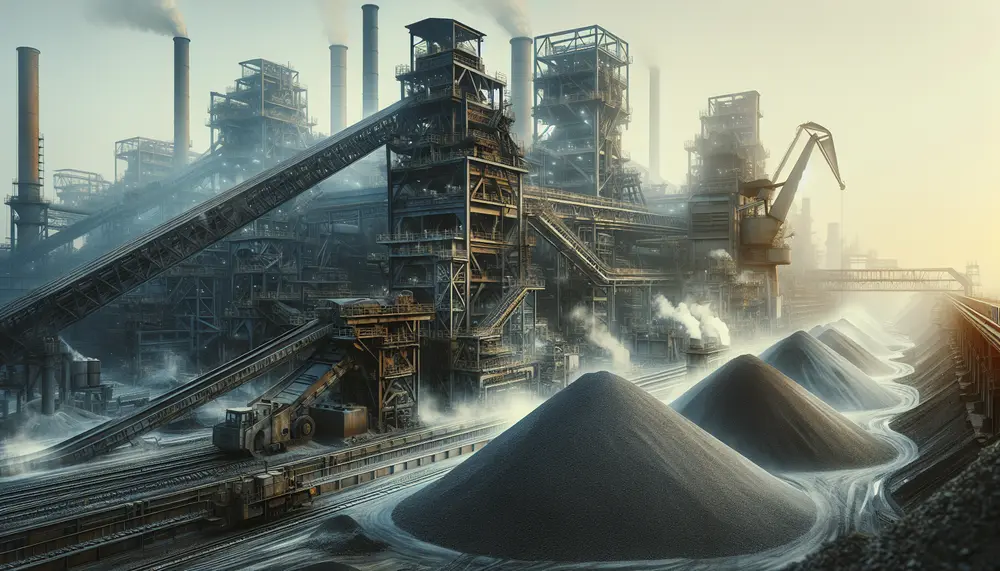
Steel slag, a byproduct of steel production with significant potential for various industries, is economically and environmentally important due to cost savings and reduced carbon footprint through recycling. It can be processed into materials comparable or superior to conventional raw...
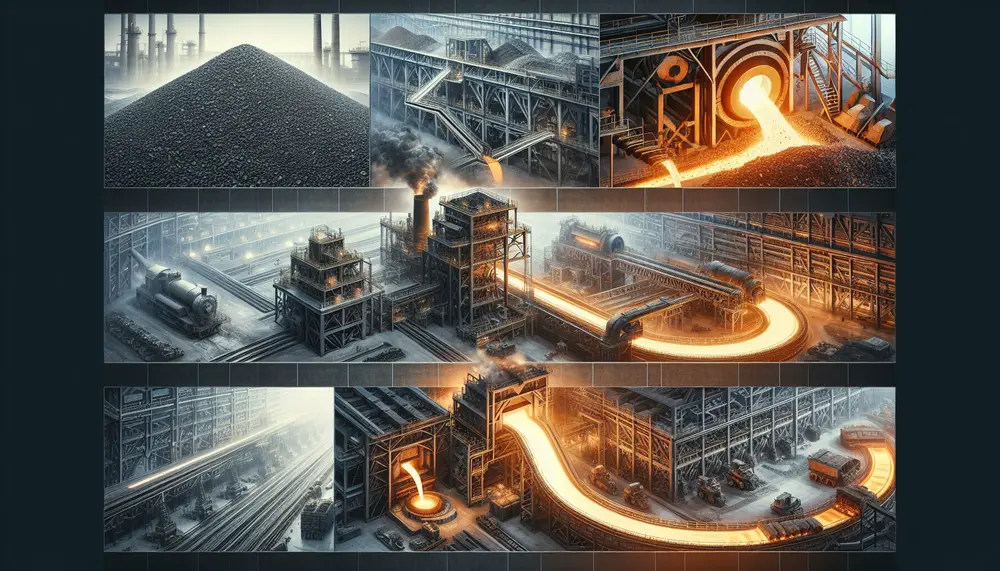
The article provides an in-depth look at the steel production process, from raw material extraction to finished product. It highlights key stages such as ironmaking, steelmaking, casting, hot and cold rolling, finishing; emphasizing the role of technology in improving efficiency...
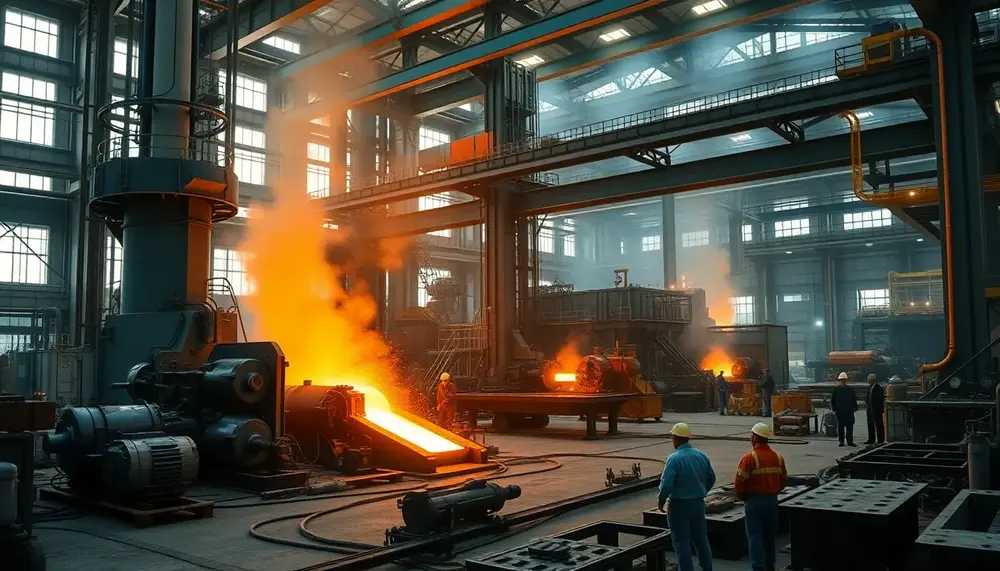
LRF steelmaking relies on precise temperature, chemistry control, and advanced digital technologies to ensure consistently high-quality, pure steel for demanding applications....
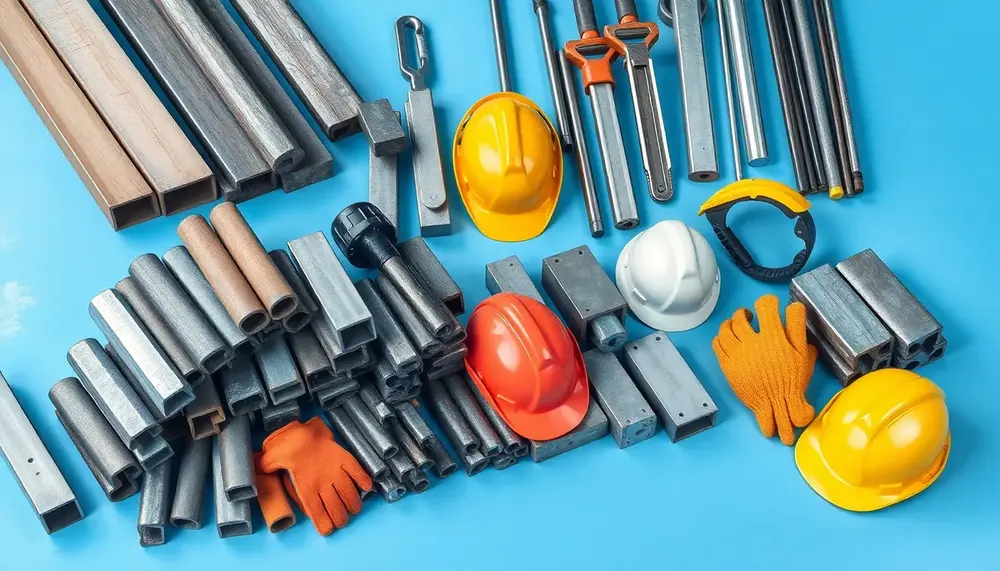
Steelmaking nouns are essential for clear communication and safety in the steel industry, with evolving terminology requiring an up-to-date glossary. This article explains key terms like alloy, arc furnace, austenite, blast furnace, billet, basic oxygen process, carbon content, converter, casting,...

